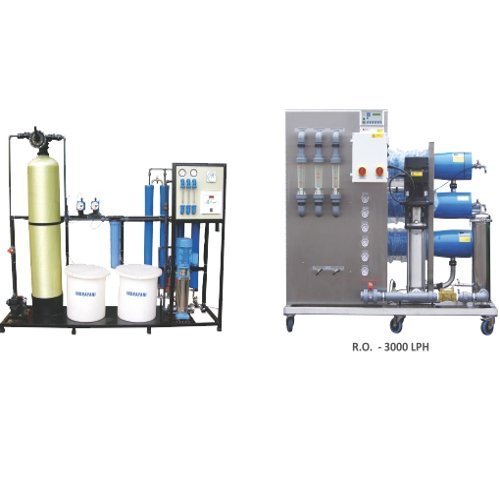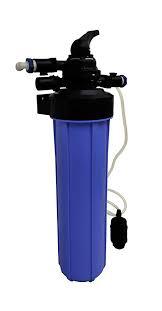
Water Treatment System
3 Separation Systems is water treatment plant manufacturing organization dedicated to offer customers the superior commercial, industrial and medical Water Treatment System. Our goal is to provide the most advanced system with proven components, better engineered and tailor made for each & individual clients. Our experience enables us to manufacture major items in-house to ensure system reliability and a proven product you can trust.
System Includes:
- 4” & 8” Composite Polymer High Flow Membranes
- Pretreatment – Sand/Carbon/Softener*
- Post treatment – Mineralization/EDI
- Control Panel with PLC
- Feed & High Pressure Pumps
- Cartridge/ Bag Filters
- Pressure Monitors
- Flow Monitors
- Feed/ Booster Pumps
- Chemical Dosing Pumps
- Pressure Switches
- Conductivity/Level Controller
- S.S / M.S. Powder Coated Frame
- Std PVC / PVC-U / S.S. Piping
Operating Specification:
- Configuration: Spiral Wound Membranes
- Operating Process: Single Stage/Recycling/Open flow
- Recovery : Upto 60%
- Operating Temperature : < 40 C
- Operating Pressure: 8 – 15 Bar
- Flow Rate: Upto 25 M3/Hr
- Product Turbidity: ≤ 0.1 NTU
Features:
High Quality Water:
Our reverse osmosis not only rejects most organics and salts from water but residual synthetic detergents, bacteria, viruses and suspended microscopic particles.
Components :
Each piece of component selected for use in RO system goes thru stringent quality control while manufactured to ensure minimum maintenance during operation. To mention, we only work with the best in the industry to produce only the systems with highest return, higher stability & longer servicing period are the key to our continuous success.
Construction :
The design are the most compact with great aesthetics backed by the fact of minimum labour requirement during maintenance. Our U-PVC or SS both systems are constructed with ease of mantle and dismantle the whole plant combine with simple piping is an added advantage.
Maintenance:
Our system comes with all preoccupied monitors, instrumentation, controllers keeping in mind each part of plant to prevent any kind of deterioration of the filter, membranes and of mechanical and electrical systems with minimum shutdown time for regular maintenance priod.
Membranes:
We use Composite Polymer Based Serial Wound with FRP taped Membranes for the superior flow, High Servicing life with stringent quality constraints. Commonly used membranes includes :
- FILMTEC, Dow, USA,
- HYDRANAUTICS, USA
- OSMONICS, GE, USA
Membrane Housings:
FRP - Fiber Reinforced Plastic & Stainless Steel grade housings. SS housings are manufactured In-House with sophisticated manufacturing process while for FRP we use CODE LINE, Pentair or Equivalent Standard brands.

